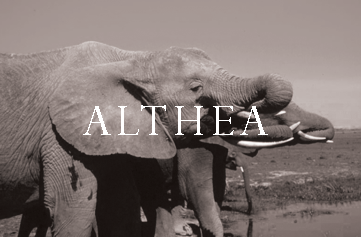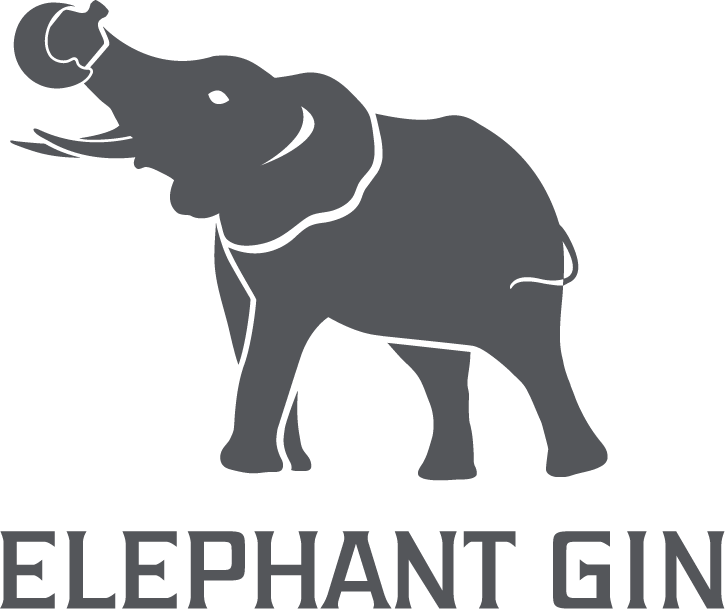- Wenn du dich für eine Auswahl entscheidest, wird die Seite komplett aktualisiert.
- Wird in einem neuen Fenster geöffnet.
Althea

Althea was born into the so-called AA family in March 1982. They were observed and documented by a pioneering scientist Cynthia Moss from Amboseli Trust for Elephants, who was naming each family after a letter of alphabet (after running out of letters, she introduced AA, AB etc.).
The AA family holds a very special place in the Amboseli study, because it is the first family that was sighted and photographed on the very first day of the study on September 1, 1972. It has since become one of the best-known families in the population that Cynthia and Amboseli Trust for Elephants observed with continuous records of its births and deaths, good times and bad times over the past 38 years.
The AA family proved to have a relatively small, dry-season home range and were one of the most predictable families in their movement patterns. They used the Ol Tukai Orok woodlands and the Enkongo Narok swamp and they rarely ventured to other parts of the Park. They were unusual in forming no bond group with any other family in the population. They tended to stay on their own, and even in the wet season when most of the other families formed large aggregations the AAs could usually be found moving in a self-contained group away from the crowds.
After being born in 1982 to Agatha, Althea enjoyed the family time and conditions that continued to be good for the Amboseli elephants for the next couple of years. The population and the family was growing rapidly. However, environmental conditions changed drastically in 1984 with a severe drought. At the same time the Maasai had promoted a new warrior set and the combination of the drought and scores of young men out to prove their bravery was devastating for the elephants. In all 67 elephants died during 1984: 11 adult females, 13 adult males, three juveniles, 13 weanlings, five second-year calves, and 22 first year calves.
The AAs were one of the lucky families; they did not lose a single animal that year. Althea and AAs continued to strive. In the following years the family increased in size and by 1996 had reached 30, twice the average size of 15. Elephants live within a network of complex social relationships. A typical cow-calf unit (family unit/breeding herd) consists of an older matriarch, her offspring and her daughters’ offspring, to include about 8 – 15 individuals (this number varies greatly and extremes of 2 – 21 are known).
Not surprisingly with a family of this size, it tended to break down into smaller sub-groups, including Althea and her mum splitting into a third group. But the whole family also moved in one large group often enough for them to still be considered a single family. Althea is now a proud mother herself and a strong link in her family, helping it grow.
Photo credit: Cynthia Moss & Amboseli Trust for Elephants


